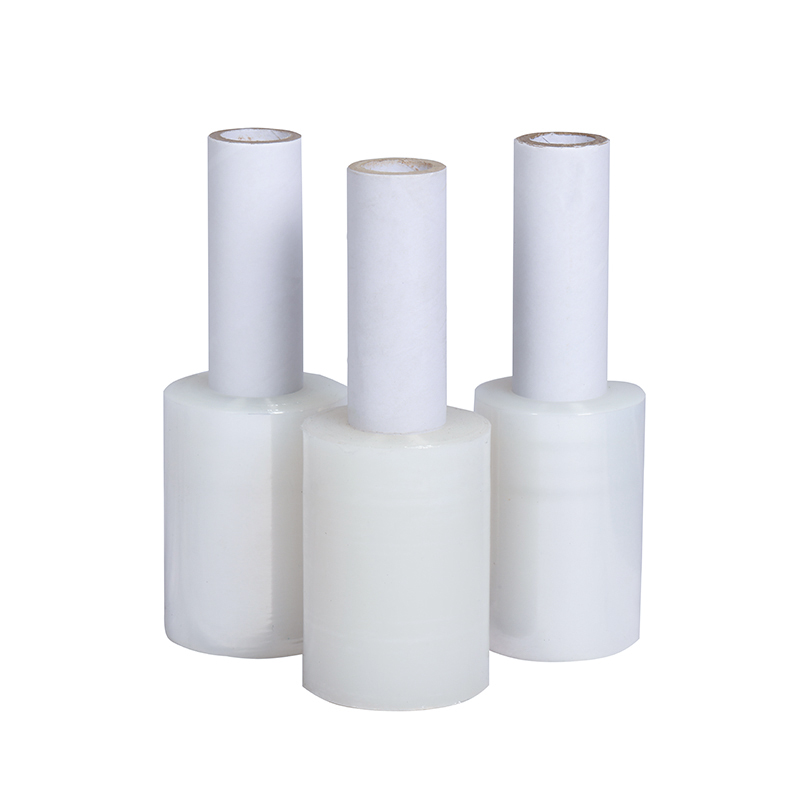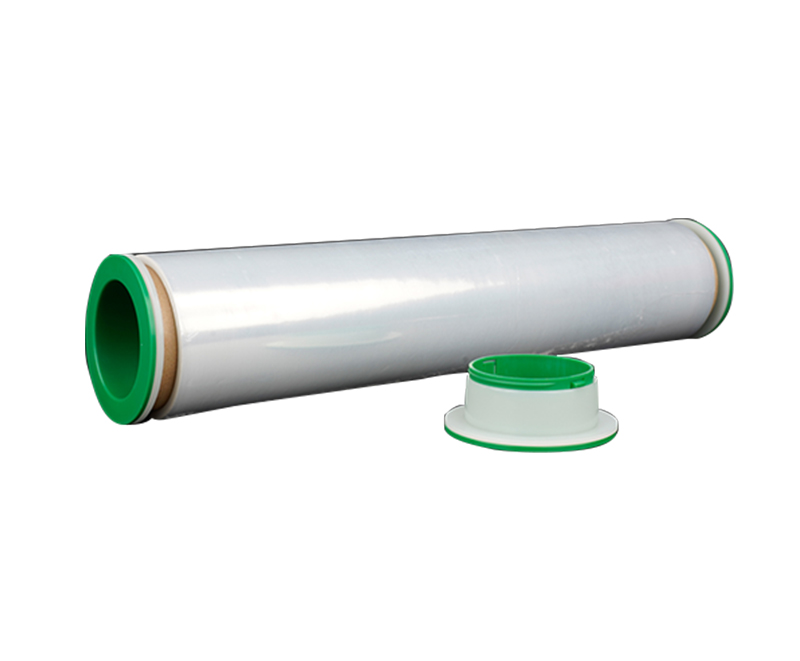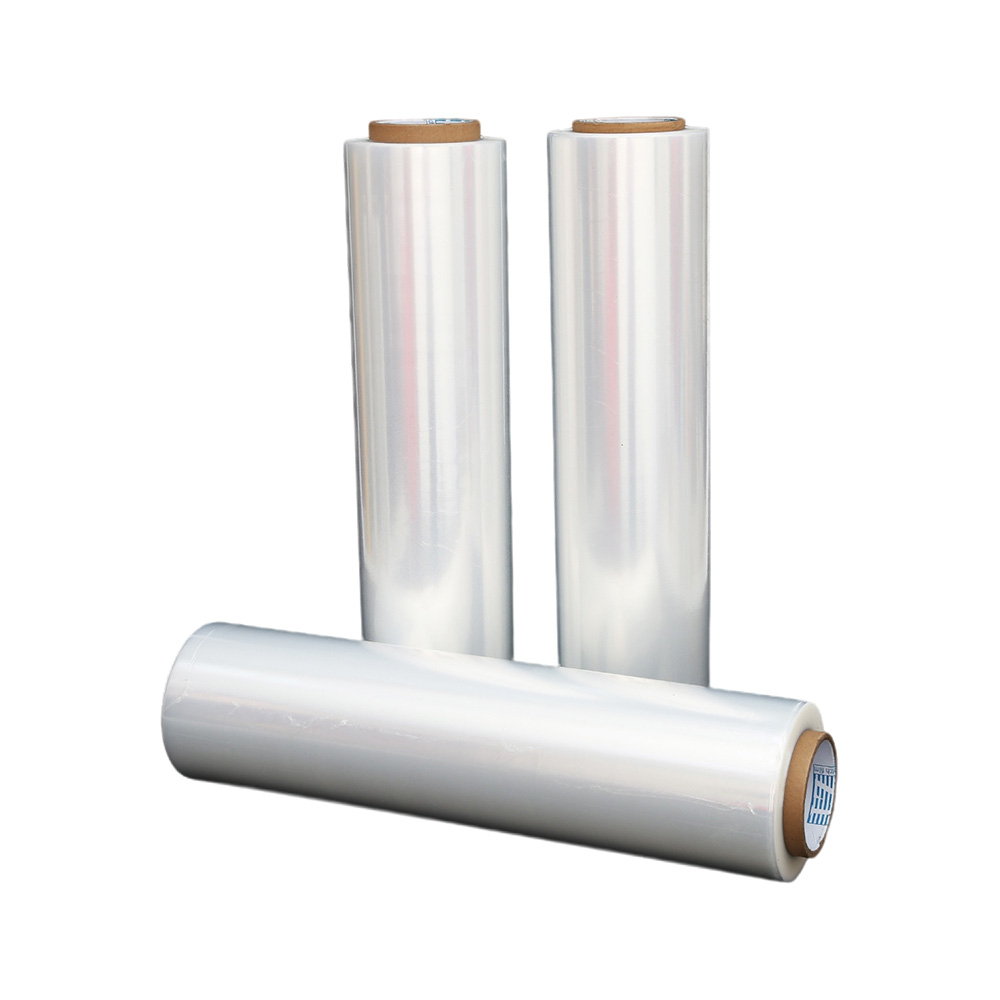The Ultimate Guide to Hand Stretch Film: Everything You Need
Source:The Ultimate Guide to Hand Stretch Film: Everything You NeedTime:2024-07-05Visitors:
Introduction
Hand stretch film is a vital component in the packaging industry, offering a versatile and cost-effective solution for securing and protecting products during storage and transportation. This comprehensive guide will delve into the various aspects of hand stretch film, providing valuable insights to help you make informed decisions.What is Hand Stretch Film?
Hand stretch film, also known as hand stretch wrap or manual pallet wrap, is a plastic film used to wrap and secure products on pallets manually. It is typically made from linear low-density polyethylene (LLDPE), which provides excellent stretchability and strength. Hand stretch film is widely used in various industries, including logistics, manufacturing, and retail, to stabilize and protect goods during transit.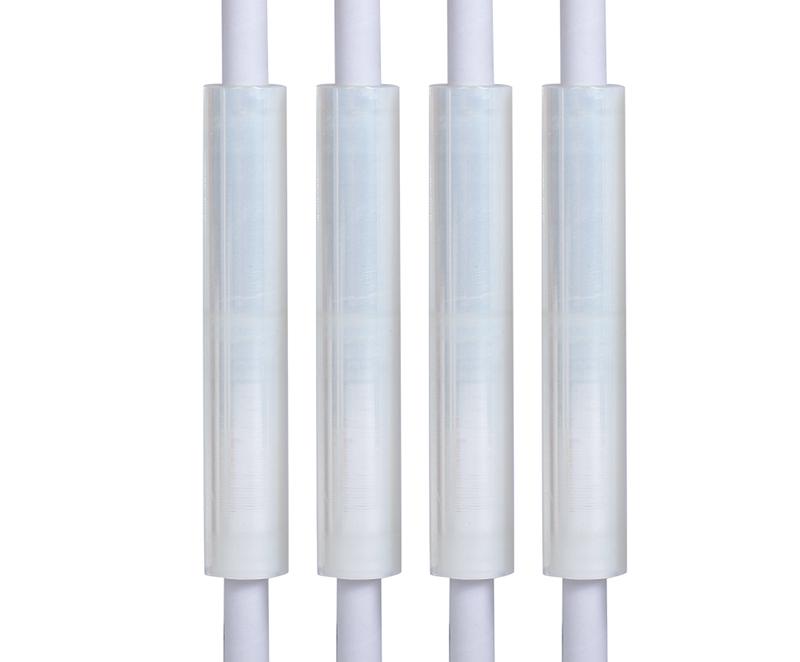
Types of Hand Stretch Film
There are several types of hand stretch film, each with unique characteristics and applications:Cast Stretch Film
Produced through a cast extrusion process, this type of film is known for its clarity, quiet unwind, and consistent thickness. It offers excellent tear resistance and is easy to apply.Blown Stretch Film
Made using a blown extrusion process, blown stretch film is more robust and puncture-resistant than cast film. It has a higher degree of memory and cling, making it ideal for irregularly shaped loads.Pre-stretched Film
| Type | Characteristics | Applications |
| Cast Stretch Film | Clear, quiet, consistent thickness | General use, uniform loads |
| Blown Stretch Film | Strong, puncture-resistant, high cling | Irregular loads, heavy-duty applications |
| Pre-stretched Film | Lightweight, easy to apply | Quick wrapping, reducing worker fatigue |
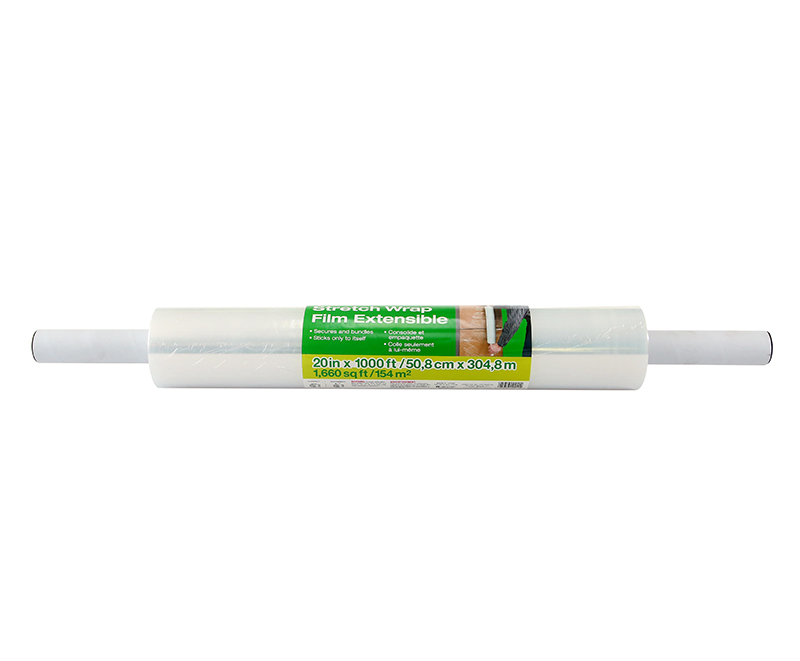
Hand Stretch Film vs. Machine Stretch Film
Understanding the differences between hand stretch film and machine stretch film is crucial for selecting the right product for your needs:Hand Stretch Film
Applied manually, it is ideal for smaller operations or when wrapping needs are less frequent. It offers flexibility and is cost-effective for low-volume applications.Machine Stretch Film
Applied using a stretch wrap machine, it is suitable for high-volume operations. It provides consistent wrapping and can handle larger loads more efficiently.| Feature | Hand Stretch Film | Machine Stretch Film |
| Application Method | Manual | Machine |
| Ideal for | Low-volume, flexibility | High-volume, consistency |
| Cost | Lower initial cost | Higher initial investment |
| Efficiency | Labor-intensive | Time-saving |
How to Choose the Right-Hand Stretch Film
Selecting the appropriate hand stretch film involves considering several factors:Load Size and Weight
Heavier and larger loads may require thicker and more substantial film.Load Shape
Irregularly shaped loads benefit from blown stretch film due to its higher cling and puncture resistance.Performance Characteristics
Evaluate the film's strength, elasticity, and clarity to match your specific needs.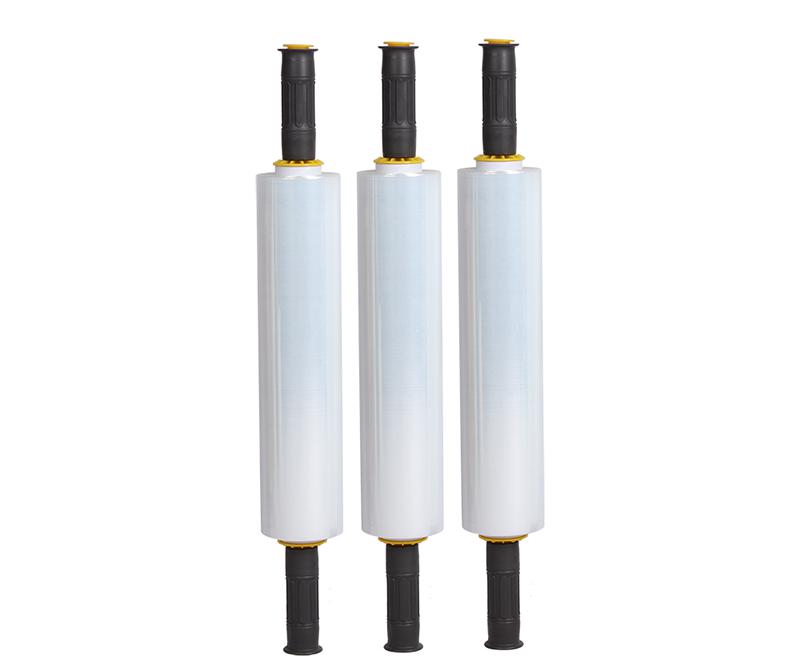
Proper Application Techniques
To maximize the effectiveness of hand stretch film, follow these steps:1. Prepare the Load: Ensure the load is stable and evenly distributed on the pallet.
2. Anchor the Film: Start by anchoring the film to the pallet base.
3. Wrap the Load: Use consistent tension and overlap each layer by 50%. Wrap from the bottom up, ensuring the load is secure.
4. Secure the Film: Once the load is wrapped, tear or cut the film and press it against the wrapped layers to secure it.
Benefits of Using Hand Stretch Film
Hand stretch film offers numerous advantages:· Cost-effectiveness: Lower initial investment compared to machine stretch film.
· Versatility: Suitable for various load sizes and shapes.
· Ease of Use: Simple application process without the need for specialized equipment.
· Protection and Security: Provides excellent load stability and protection against dust, moisture, and tampering.
Environmental Considerations
With growing environmental concerns, it's essential to consider the sustainability of hand-stretch film:· Recyclability: Most hand stretch films are recyclable, reducing environmental impact.
· Eco-friendly Options: Look for movies made from recycled materials or those designed to minimize waste.
Frequently Asked Questions
What is the difference between cast and blown stretch film?
Cast stretch film is clear and easy to apply, while blown stretch film is stronger and more puncture-resistant.How do I know which thickness of hand stretch film to use?
Consider the weight and shape of your load; heavier and irregular loads may require thicker film.Can hand-stretch film be recycled?
Yes, most hand-stretch films are recyclable. Check with local recycling programs for specific guidelines.Is pre-stretched film better than regular hand-stretch film?
Pre-stretched film is more accessible to apply and reduces worker fatigue, making it ideal for quick wrapping.How can I reduce waste when using hand stretch film?
Use the right amount of film for each load and consider eco-friendly options to minimize waste.Conclusion
Hand stretch film is an indispensable tool in the packaging industry, offering a cost-effective and versatile solution for securing and protecting products. By understanding the different types of hand stretch film, their applications, and proper usage techniques, you can optimize your packaging processes and ensure the safety of your goods. As sustainability becomes increasingly essential, exploring eco-friendly options and recycling practices can further enhance the benefits of hand-stretch film. Stay informed about future trends and advancements in hand stretch film technology to remain competitive in the market.Recommended Products
Ranked in the same article
- how to use the stretch film technology to r
- How can we get detailed price list?
- Five common quality problems of PE protecti
- Plastic film degradation
- How to guarantee punctual shipment for our
- Gauge to Micron and Millimetre Conversion G
- What is the difference between stretch film
- Testing the permeability of stretch film
- Stretch film temperature requirements
- Electrical wire film VS electrostatic film
- Why insufficient transparency of stretch w
Latest news articles
- How can PE stretch film be cut better?
- The 133rd Spring Canton Fair
- The Ultimate Guide to Choosing the Right Ma
- What is the Difference Between Magic Tape a
- Stretch Film Wrap: Unraveling Its Benefits
- The significance of using PE electric wire
- Advantages of white engineering film
- Factors affecting viscosity of PE stretch f
- How to check the quality of PE stretch film
- Bundling Stretch Film: Optimize Your Packag
- What Properties Ensure Effective Cold Chain

